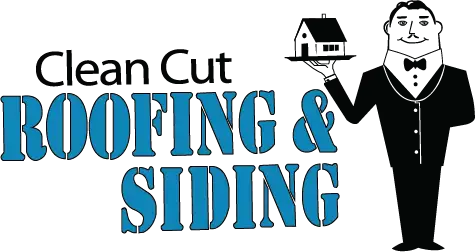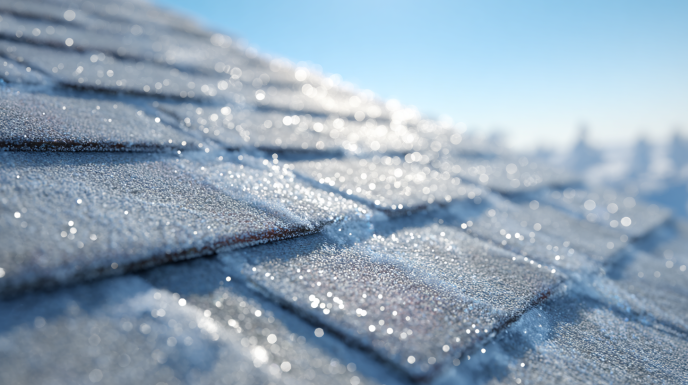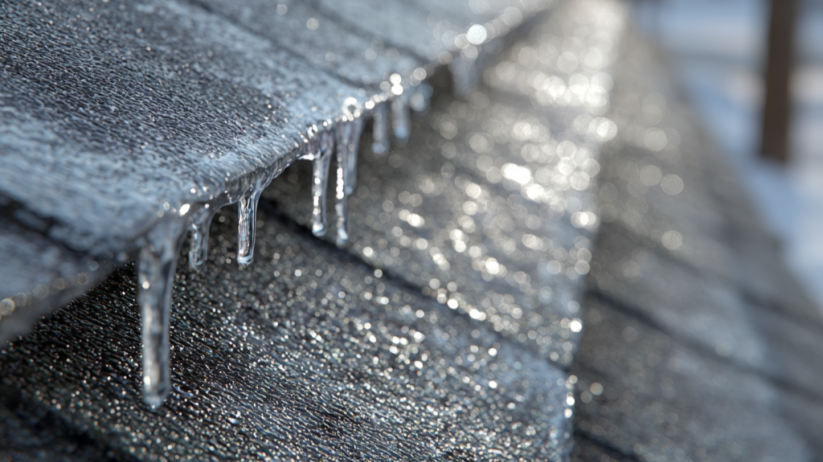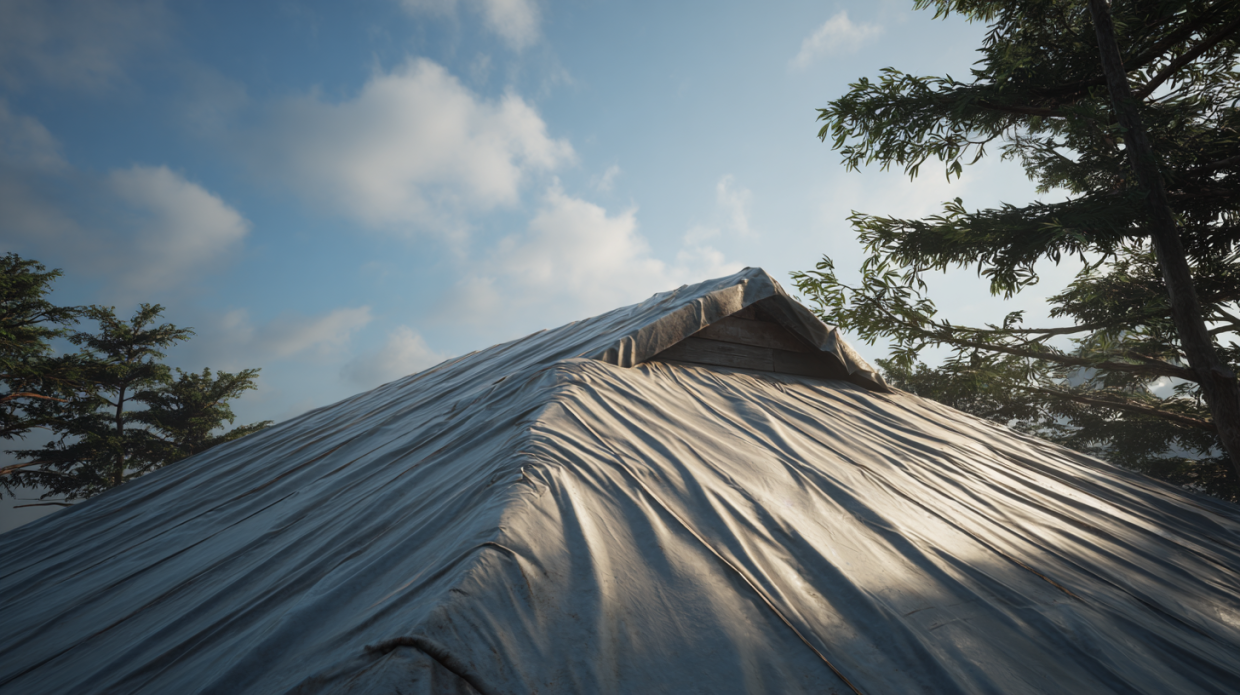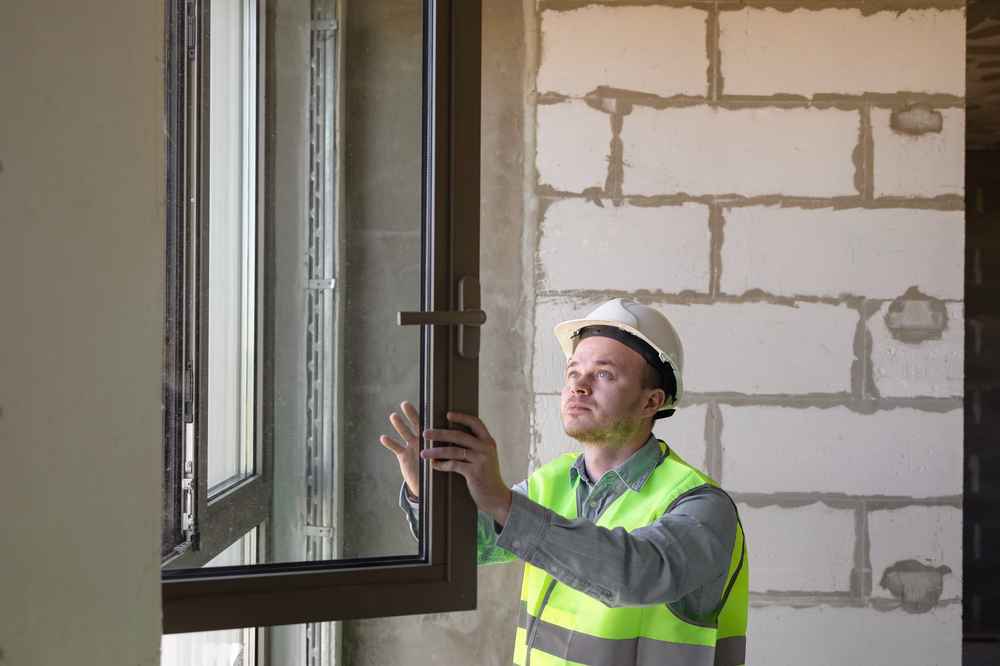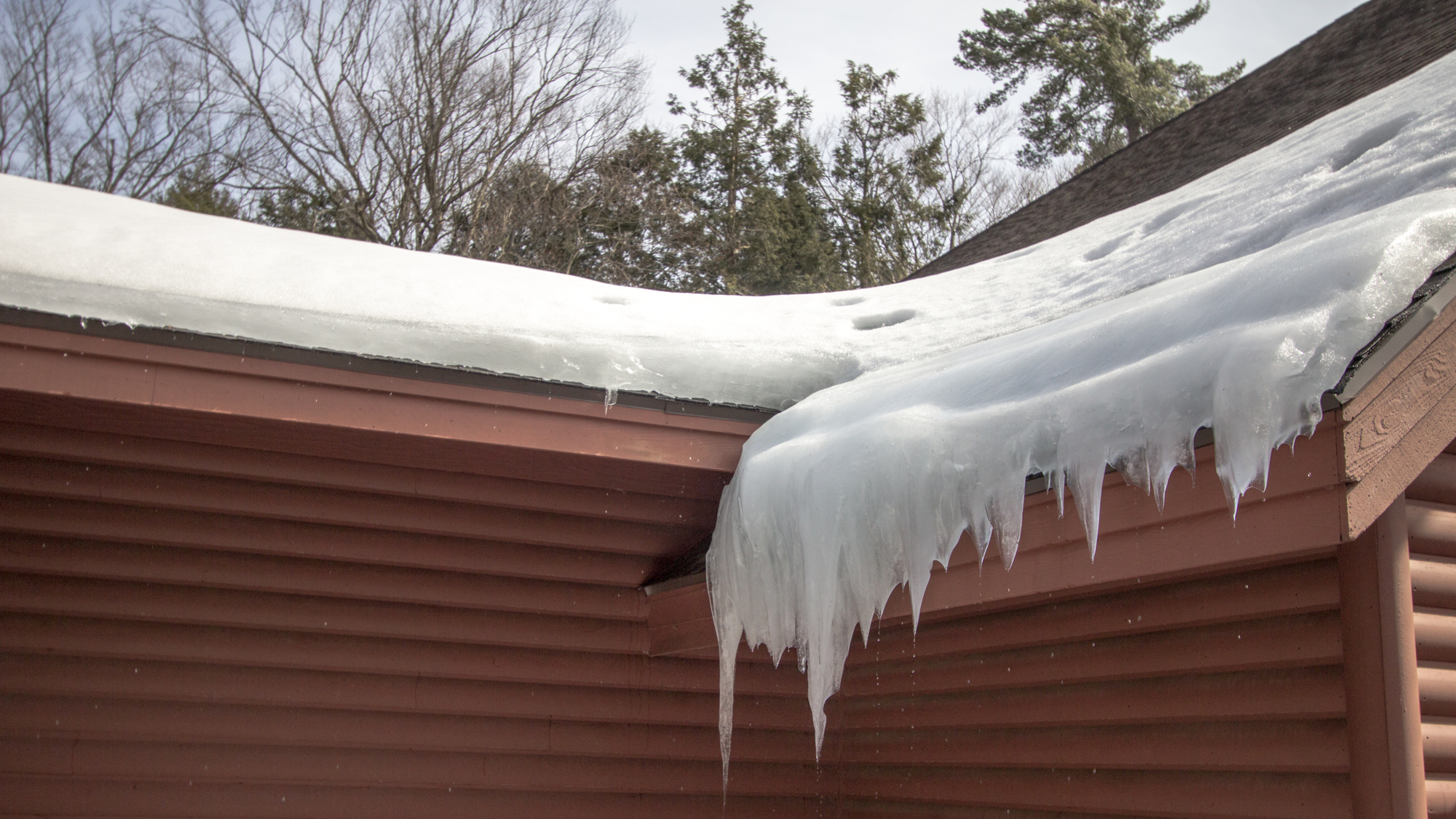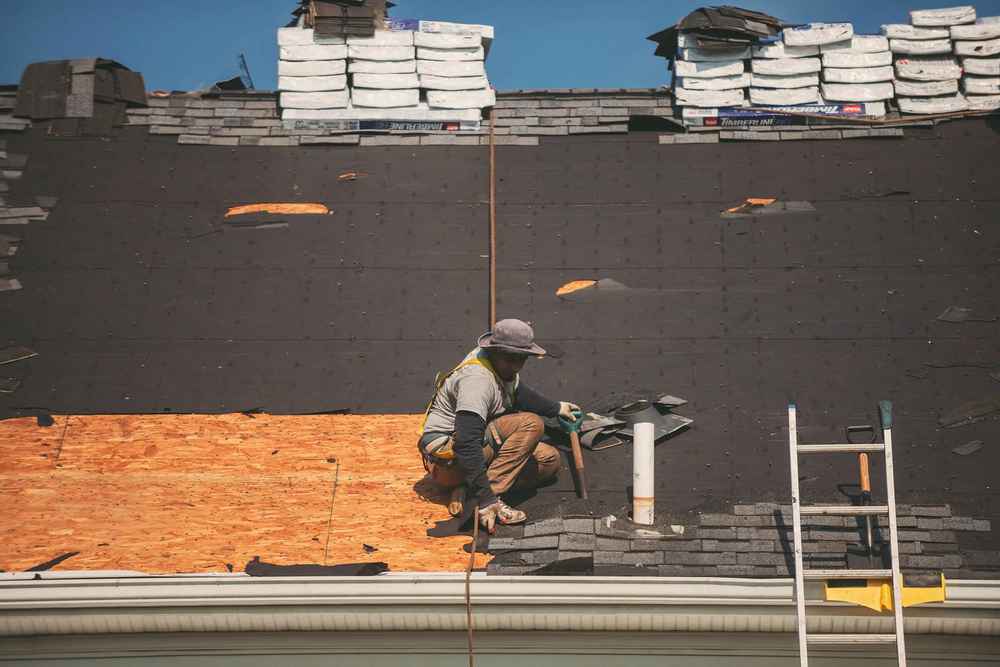Commercial buildings rely on their roofing systems to protect valuable assets, maintain energy efficiency, and ensure day-to-day operations continue without disruption. But commercial flat roof issues in Sanpete County are more common than many business owners realize. Whether it’s pooling water, hidden leaks, or punctured membranes, knowing what to look for can help extend the lifespan of your commercial roofing system.
In this comprehensive guide, we’ll break down the problem areas on flat roofs, show you how to identify flat roof leak spots, explore commercial roof drainage problems, and list the most visible flat roof damage signs.
Why Commercial Flat Roofs Are Prone to Issues
Flat roofs are popular for commercial properties because they are cost-effective, easy to install, and offer space for HVAC systems and solar panels. However, their design also makes them more susceptible to specific challenges. Unlike sloped roofs, flat roofs don’t naturally shed water or debris, so proper maintenance and awareness are crucial.
1. Flat Roof Leak Spots: Where Water Finds Its Way In
Leaks are one of the most frequent complaints with commercial flat roofs. Identifying the source isn’t always easy, especially since water can travel long distances beneath the membrane before it becomes visible inside.
Most Common Flat Roof Leak Spots Include:
- Around roof penetrations: Vents, HVAC units, skylights, and pipes often develop leaks due to improper flashing or sealant breakdown.
- Seams and joints: Over time, seams in membrane roofing can come apart, letting water in.
- Perimeter edges: The flashing at the roof’s edge can pull away due to wind or improper installation.
- Low spots and depressions: These areas collect water, leading to material breakdown and leaks.
Flat Roof Damage Signs to Watch For:
- Water stains on ceilings or interior walls.
- Mold or mildew smell in upper floors.
- Bubbling or blistering on the roof surface.
2. Commercial Roof Drainage Problems: What Causes Them and How to Fix Them
Proper drainage is essential for commercial flat roofs. Without it, standing water—also known as ponding—can deteriorate roofing materials and lead to leaks or structural damage.
Typical Commercial Roof Drainage Problems Include:
- Clogged internal drains or scuppers: Debris such as leaves, dirt, or roofing granules can block drainage points.
- Improper slope: Even “flat” roofs should have a slight slope (about 1/4 inch per foot) to guide water toward drains.
- Poorly designed drainage systems: Inadequate placement or number of drains can lead to water accumulation in certain areas.
(Learn more about proper drainage design from the U.S. General Services Administration.)
Warning Signs of Drainage Issues:
- Pools of water that remain 48 hours after rain.
- Sagging roof areas.
- Vegetation or algae growth in wet spots.
3. Flashing Failures Around Penetrations and Edges
Flashing is used to seal areas where the roof membrane meets vertical surfaces or objects penetrating the roof. Unfortunately, it’s also one of the most failure-prone components of a flat roofing system.
Why Flashing Fails:
- UV exposure weakens flashing over time.
- Seasonal temperature changes cause expansion and contraction.
- Improper installation can cause early breakdown.
Problem Areas on Flat Roofs Where Flashing Fails:
- HVAC curbs
- Skylights
- Roof hatches
- Parapet walls
How to Address Flashing Issues:
- Inspect flashing regularly for cracks, lifting, or rust.
- Re-seal or replace flashing as needed during regular maintenance.
4. Membrane Damage and Punctures
Single-ply membrane systems like TPO, EPDM, or PVC are popular choices for commercial flat roofs. However, they are vulnerable to punctures and tears, especially in high-traffic areas.
Common Causes of Membrane Damage:
- Foot traffic from maintenance crews.
- Falling tools or equipment.
- Windborne debris.
- Sharp objects near rooftop installations.
Flat Roof Damage Signs Include:
- Exposed insulation.
- Open seams or visible tears.
- Blisters or bubbling under the surface.
Prevention Tips:
- Use walk pads in high-traffic zones.
- Keep tree branches trimmed away from the roof.
- Schedule regular roof checks after severe weather.
5. Ponding Water and Structural Stress
As mentioned earlier, ponding water is more than just a cosmetic issue. Over time, the weight of standing water can stress the roof structure and lead to sagging or even collapse in extreme cases.
Structural Risks of Ponding Water:
- Increases roof load beyond design capacity.
- Promotes the growth of algae and vegetation.
- Leads to accelerated membrane deterioration.
(See the National Institute of Building Sciences for standards related to roof loads.)
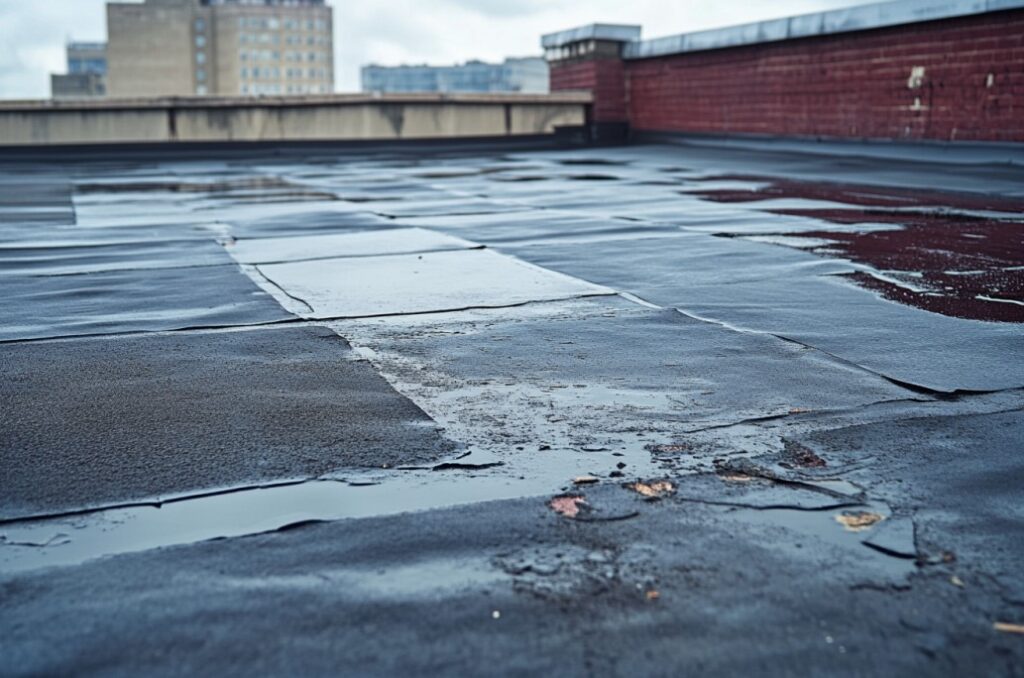
6. Roof Cracks and Alligatoring
“Alligatoring” refers to cracking that resembles alligator skin and usually appears on aging asphalt-based flat roofs. This condition signals the roof material has become brittle and is at the end of its service life.
Causes of Cracking:
- Long-term UV exposure
- Improper maintenance
- Thermal cycling (heating and cooling over time)
How to Identify Cracking and Alligatoring:
- Cracks forming a web-like pattern.
- Brittleness when touched.
- Loss of flexibility in the surface material.
7. HVAC and Rooftop Equipment Issues
Most commercial buildings have HVAC units mounted directly on the roof, which increases the risk of damage. Units can leak fluids, block drainage, or damage the membrane if improperly installed.
Common Problems Around Rooftop Equipment:
- Poorly sealed penetrations for ductwork and wiring.
- Condensation runoff causing water pooling.
- Technicians walking directly on the membrane.
Preventive Measures:
- Ensure equipment is mounted on raised curbs.
- Install splash guards or drains for condensation lines.
- Use walkways to protect the roof surface.
8. Aging and Lack of Maintenance
Like any other part of a building, a commercial flat roof has a finite lifespan. Even with the best materials, lack of maintenance can lead to early failure.
Flat Roof Damage Signs from Aging:
- Fading or discoloration of materials.
- Persistent leaks even after repairs.
- High energy bills due to loss of insulation.
Key Maintenance Recommendations:
- Schedule bi-annual inspections (spring and fall).
- Document and repair small issues before they grow.
- Keep detailed records of maintenance and inspections.
Addressing Flat Roof Issues the Right Way
Dealing with commercial flat roof issues in Sanpete County doesn’t have to be a nightmare. Identifying problem areas on flat roofs early can save you time, money, and stress. By knowing the most likely flat roof leak spots, resolving commercial roof drainage problems, and recognizing flat roof damage signs, business owners can make informed decisions that extend the life of their roof.
At Clean Cut Roofing & Siding, we specialize in commercial roofing solutions designed for Sanpete County’s climate and commercial structures. Whether you’re dealing with persistent leaks or just want a professional inspection, we’ve got you covered.
Get a free estimate now and let us help you protect your commercial investment with expert flat roof inspection and repair services.
